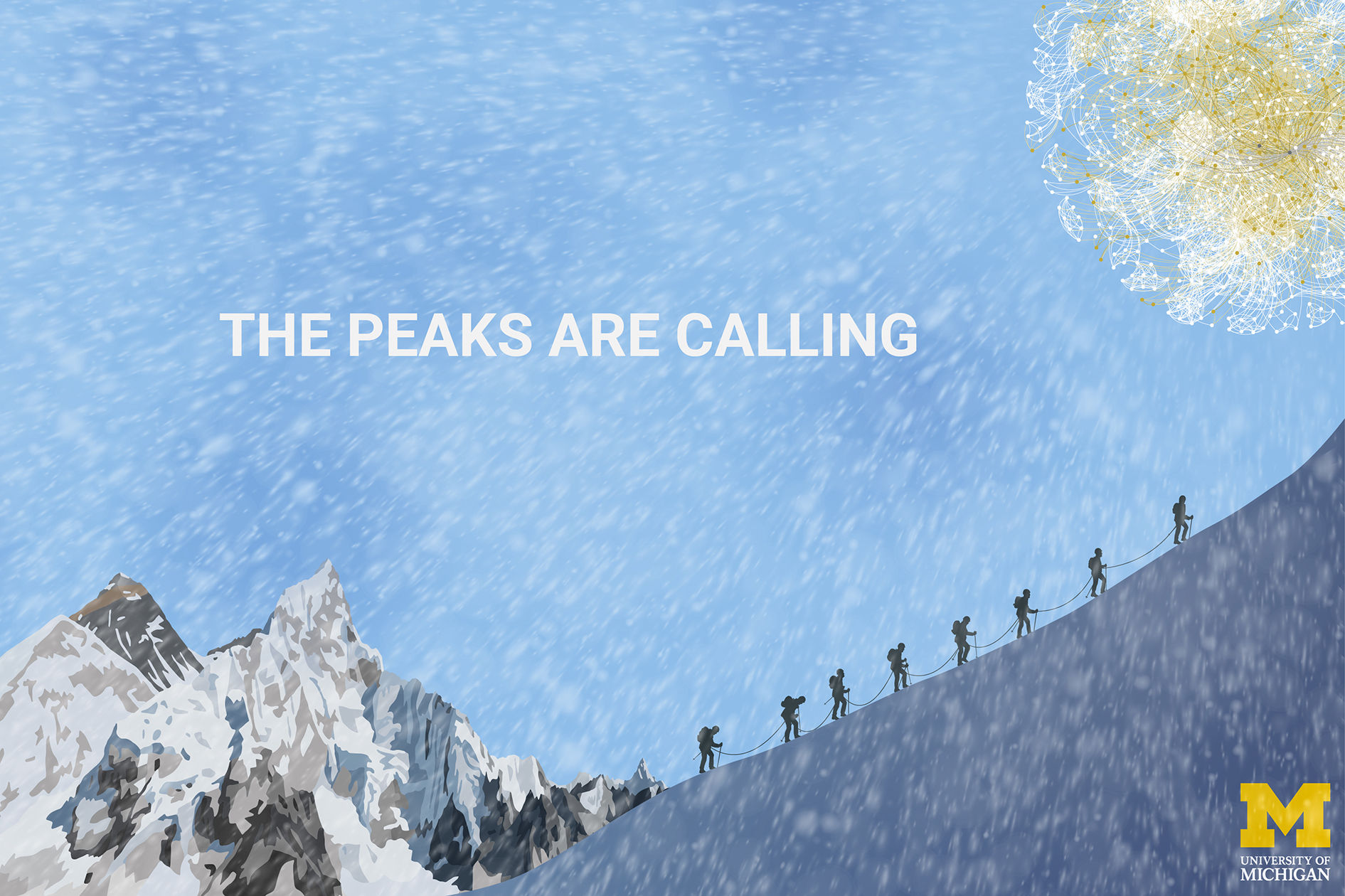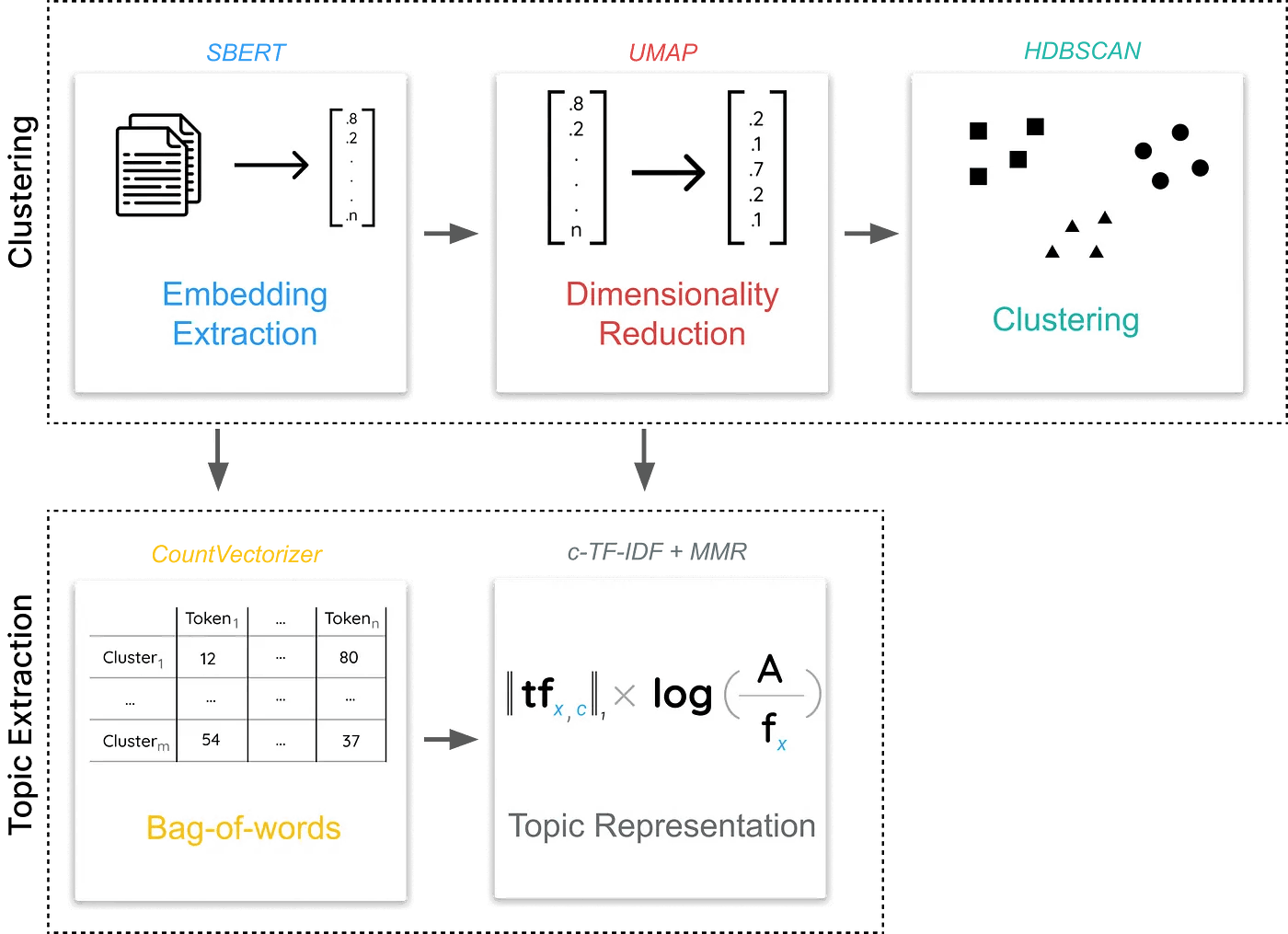“I had a 48L Gregory which was more than sufficient. I carried my own weight as well, you definitely start getting used to it so I wouldnt stress so much about not choosing a porter. I finished EBC + Gokyo via chola pass with zero prep, while also being overweight. EBC is more mental than physical but obviously aim for a lighter load. You really dont need half the shit most people recommend. A hiking getup, rain gear, and a tea house get up. Toiletries, a med kit, socks and thats pretty much it.”
“I think you're confused, you are talking about two completely separate climbs. The NE ridge is in Tibet and the South Col is in Nepal. Rapid ascents are somewhat newish by Ballinger ..although Mazur of summit climb smashed it in a couple of weeks from memory. Climbing the NE ridge is new since Mallory etc in the 1920s The reason it may seem to have less traffic jams is that in recent years the Chinese have limited access to Tibet. The second step, exit cracks etc above camp 4 are still major bottlenecks if teams are funnelled into short weather windows. You're probably best served going through the different route descriptions on Alan Arnettes website.”
“She summited, but died descending. Yet it feels as if she follows me with her eyes as I pass by. Her presence reminds me that we are here on the conditions of the mountain.”
“No matter how many layers you wear you're still depending on your body to generate heat. They don't call it the "Death Zone" for kicks. Even on bottled oxygen climbers are still oxygen deprived. Combined with below freezing temps, wind chill, lack of air pressure, lack of appetite (eating)...your body will generate less heat. This obviously effects people at slightly different rates, but your body will eventually sacrifice your extremities in an attempt to keep your core warm. And that's only if you're lucky enough not to get caught in a traffic jam which is virtually guaranteed at this point (going up or coming down). Your body generates a lot less heat when you're just standing still waiting for a group of climbers to clear the route.”
“Why is it so hard to breathe even with bottled oxygen? I have been scuba diving and I did not have any trouble breathing in an environment with zero oxygen. Why do climbers on Everest have such difficulty breathing using their oxygen? Is it because a person scuba diving is able to bring more with them since it's a shorter duration and they don't have to worry about the weight?”














